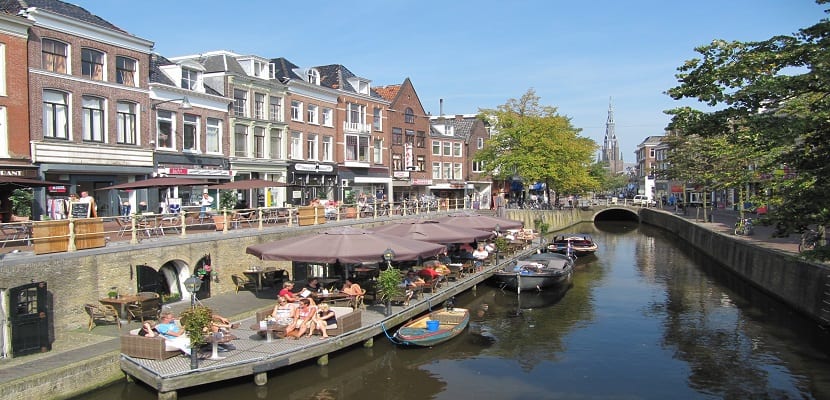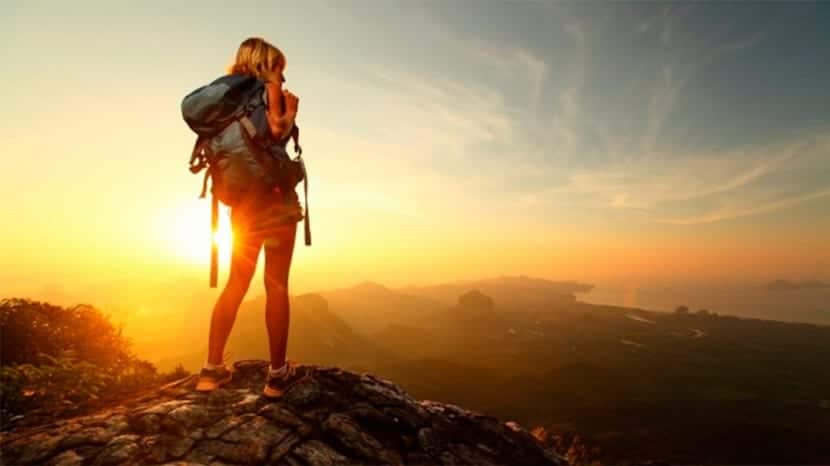
Our planet is so incredibly large that there are many curiosities in the world that help us understand the culture of a country, even though the data may at first seem banal. Especially if we are planning a trip to meet him for the first time.
Here we review some very interesting curiosities about different countries in Europe. How many did you already know?
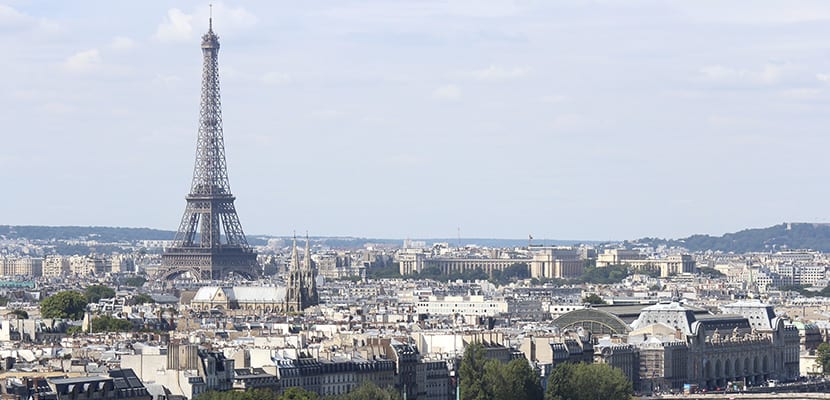
France
- In ancient times what is now France was occupied by the Gauls. The Romans baptized these lands as Gaul, but with the fall of the Roman Empire, the Celtic people of the Franks invaded the region and gave it the name of France ("land of the Franks").
- Kilometer Zero of the French roads is located in front of the door of the Cathedral of Notre Dame de Paris symbolized with a bronze star on the pavement.
- France is the main tourist destination in the world. In 2015 it welcomed a total of 83 million tourists, half of whom visited Paris.
- From the victory of the Normans at the Battle of Hastings (1066) until the end of the 85th century, French was the official language of England. Currently XNUMX% of English words come from French.
- Although most French people greet each other with two kisses on the cheek, in some regions up to five kisses can be given. For example, in the regions of Auvergne, Provence, Languedoc, Rhône and Charente there are three kisses; There are four kisses in the Loire, Normandy and Champagne-Ardennes and in southern Corsica there are five.
- There is a street called "Victor Hugo" in every city and town in France.
- In 2010, French food was declared Intangible Cultural Heritage of Humanity by UNESCO.
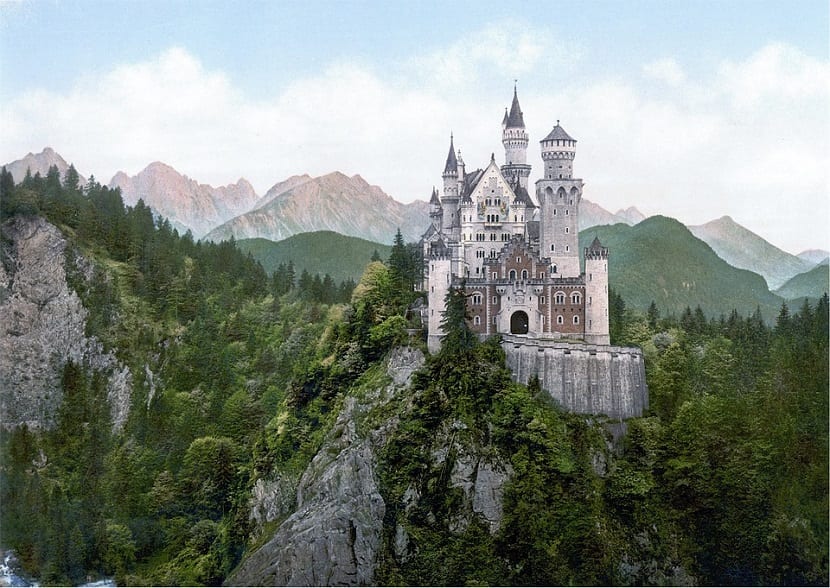
Image | Pixabay
Germany
- It is on the list of the most populous countries in the world with a population of more than 82 million people.
- To greet each other, they have a kind of friendly hug called the "koala hug." It is given without tightening too much and leaving some air between arm and back.
- Despite being called Oktoberfest, the beer festival takes place in September. Germans rank second in the world after Ireland in beer consumption per person. Also, there are about 1.500 different brands.
- After inventing the printing press, in 1663 when the Hamburg magazine Erbauliche Monaths Unterredungen (Monthly Edifying Talks) became the first regular publication. Germany is still one of the countries with the largest publishing industry today.
- Germany has more than 150 castles, some have been converted into hotels and restaurants, making them one of the main tourist attractions in the country.
The Netherlands
- If there is a flower with which Holland is associated, it is the tulip. However, these do not come from the Netherlands but from Turkey, and it was shown that these plants grow extremely well in the Netherlands.
- All children in the Netherlands learn English at school from a very young age. People visiting Amsterdam are often impressed with how fluent the Dutch speak this language.
- 50% of the Dutch territory is less than one meter above sea level. Fortunately, the Netherlands is not in an area prone to tsunamis.
- The Dutch capital is made up of a thick layer of mud and clay and all the buildings are built on wooden posts set in a layer of sand that is 11 meters deep. Including The Royal Palace on Dam Square.
- There are still more than a thousand windmills. Some of them can be visited as a museum in places like Zaanse Schans or Kinderdijk.
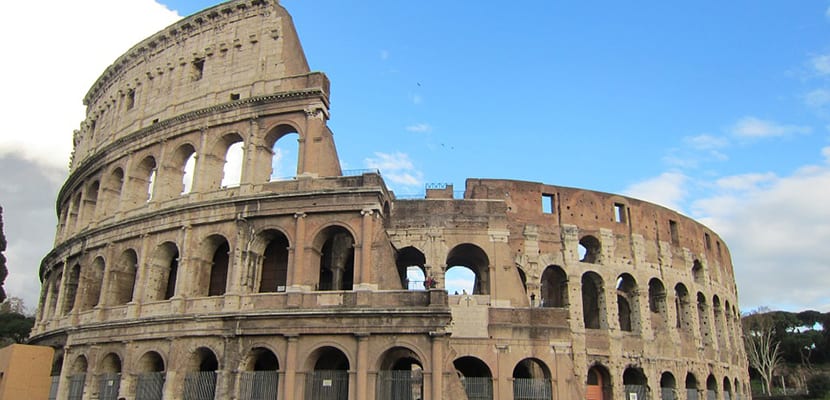
Italy
- Italy has 3 active volcanoes, Etna, Vesuvius and Stromboli, and 29 inactive ones.
- The oldest olive tree in the world is found in Umbria and is more than 1.700 years old.
- 23% of the surface of Italy, about 300.000 square kilometers, are forests.
- The University of Bologna, founded in 1088, is the oldest university in Europe.
- Vatican City, in Rome, is the smallest country in the world.
- Italy is the country with the most World Heritage Sites in the world (54), ahead of China (53) and Spain (47).
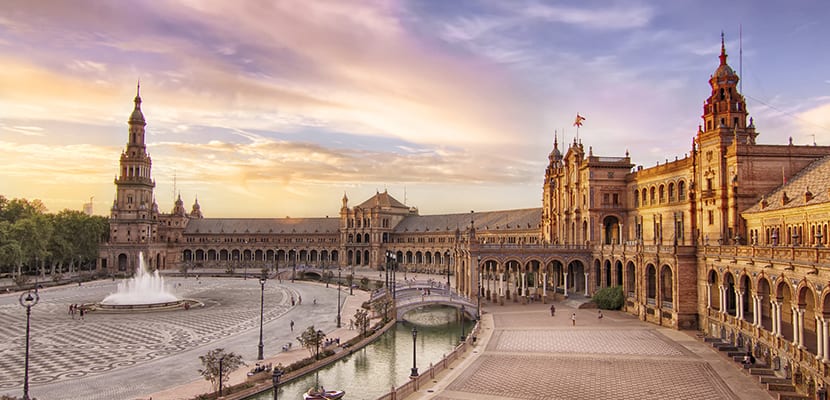
Spain
- Spain is the world leader in organ transplantation and donations.
- According to Guinness World Records, the Casa Botín restaurant in Madrid is the oldest in the world still open. It was inaugurated in 1725 and is around 300 years of history.
- The anthem of Spain is one of the three anthems of countries that do not have lyrics.
- According to the international wine observatory, Spain is the country with the largest vineyard area (967 million hectares) in the world. It is followed by China (870 million hectares) and France (787 million hectares).
- In Lanzarote there is the only underwater museum in Europe, while in Cartagena there is one of the two monographic museums of underwater archeology. The other is in Bodrum, Turkey.
- Spain produces approximately 45% of the olive oil consumed in the world
- Sierra Nevada is the highest station in Europe as it reaches 3.300 meters above sea level at its highest point.
- The kingdom of Spain came to have territories on the five continents.
- Spanish is the most used language in the country but there are other co-official languages depending on the region you are in: Catalan, Galician, Basque ... In fact, the latter has no known relationship with other living or missing languages and no its origin is known.
